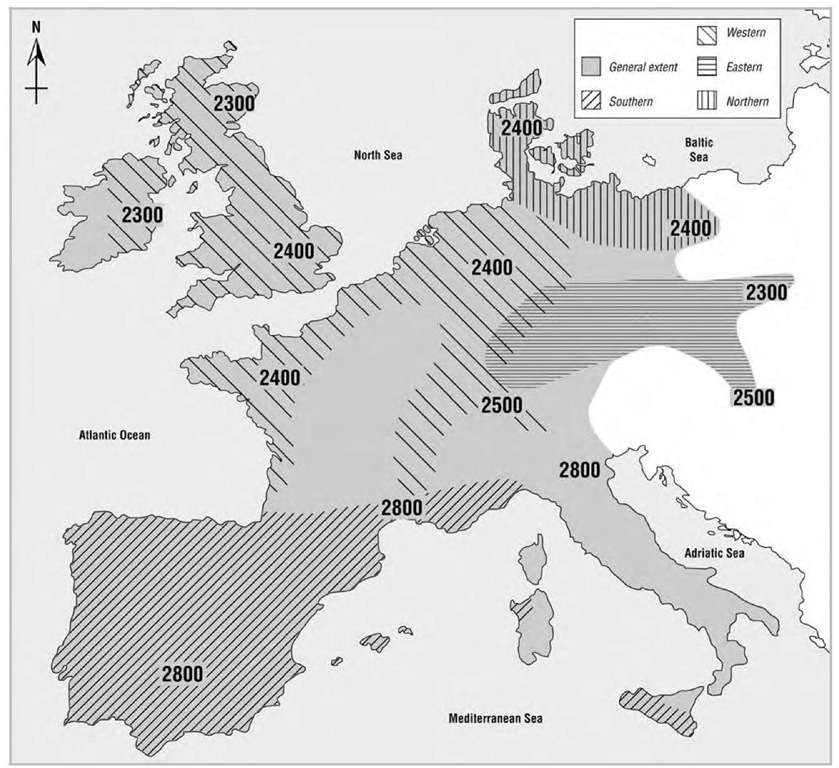Taranis
Elite member
Sorry no. That is complete nonsense. First off, eludes me where you get figures like "40%" from. In particular the below part is ludicrous:
It was actually the other way round! The Boii were originally native to Bohemia and migrated from there into northern Italy (other parts of the Boii migrated into the Pannonian basin and into Anatolia), but a main part of them remained behind. The Bohemian Boii actually remained the dominant tribe in the area until their territory was ravaged by the Germanic Cimbri in the 2nd century BC. Then, in the 1st century BC the Germanic Marcomanni conquered Bohemia.
Besides that, you somehow assume that the city of Rome was some kind of "undepletable pool" that somehow inexplicibly poured out hordes and hordes of settlers that swarmed across Europe to populate the areas that the Romans had recently conquered, somethat is completely impossible to hold to any kind of historic facts.
"..., to escape a furious Rome (the tribe of the Boii, for example, migrated to Central and Eastern Europe, and gave its name to "Bohemia")." ...
It was actually the other way round! The Boii were originally native to Bohemia and migrated from there into northern Italy (other parts of the Boii migrated into the Pannonian basin and into Anatolia), but a main part of them remained behind. The Bohemian Boii actually remained the dominant tribe in the area until their territory was ravaged by the Germanic Cimbri in the 2nd century BC. Then, in the 1st century BC the Germanic Marcomanni conquered Bohemia.
Besides that, you somehow assume that the city of Rome was some kind of "undepletable pool" that somehow inexplicibly poured out hordes and hordes of settlers that swarmed across Europe to populate the areas that the Romans had recently conquered, somethat is completely impossible to hold to any kind of historic facts.


